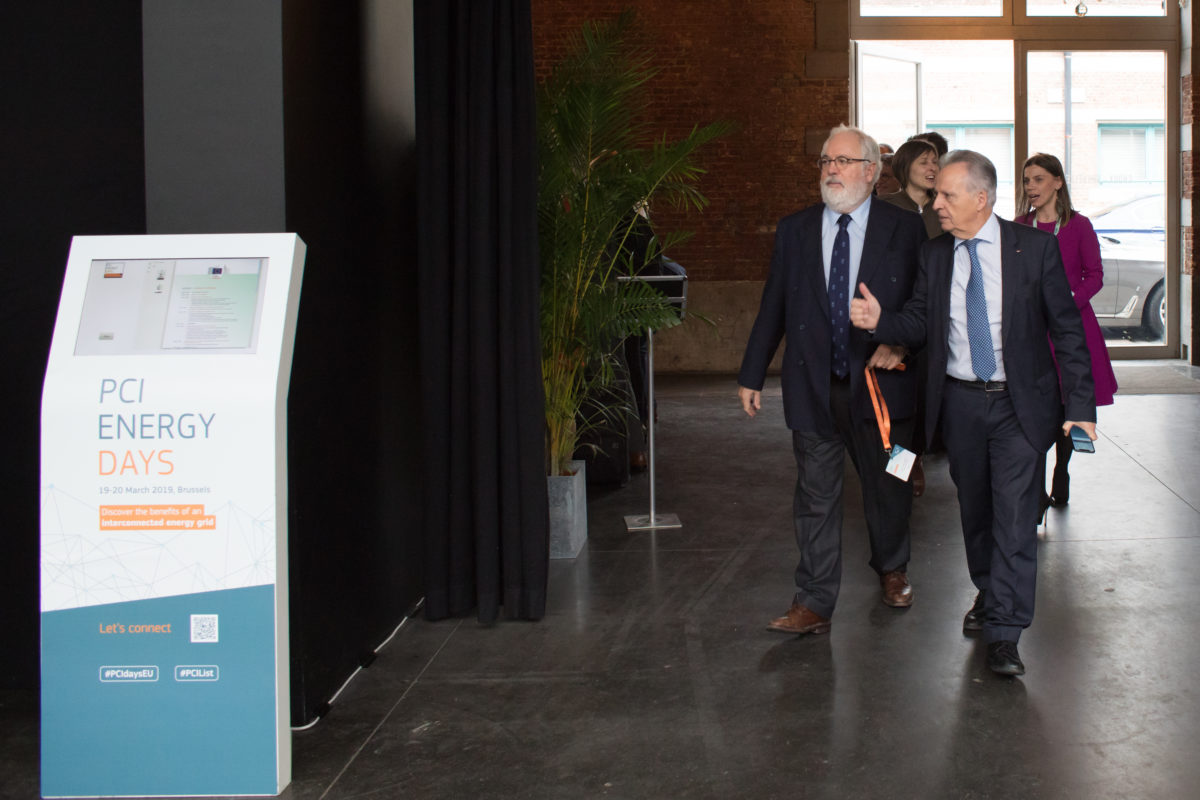In the wake of a renewed push for renewables development, the EU has decided to provide €750 million in funding for clean energy infrastructure. Until June 13, 2019, the CEF will accept proposals that support the development of trans-European projects.
In particular, it is looking for projects of common interest (PCI) that can make a significant impact on two or more EU countries, while improving competitiveness and energy security. Aside from construction-related projects, the CEF will also consider offering funds for research studies, according to the announcement.
The EU launched the CEF in 2014 to financially support energy infrastructure projects until 2020, with a total volume of €5.35 billion. Hitherto, the facility has allocated grants of €3.4 billion to PCI applicants.
In mid-2018, the European Commission proposed increasing the CEF's 2021-2027 budget to €42.3 billion. Of this, €8.7 billion was to be earmarked for energy projects, while transport initiatives could receive up to €30.6 billion. The remaining €3 billion would be allocated to the digitalization of the continent's energy infrastructure.
The EC estimates that upgrades to gas and electricity networks — which are needed to ensure a successful energy transition — could cost around €200 billion through 2030. While these measures are necessary, not all of them are commercially viable, and the market alone would only be able to handle about half of them.
“Therefore, the EU is helping to build and fund new energy infrastructure projects all over Europe, as part of its Trans-European Networks for Energy (TEN-E) strategy,” the commission writes.
At a recent PCI event in Brussels, the EU also revealed that the CEF has provided another grant of €323 million to synchronize the Baltic States’ grid. The grants — which were signed in the presence of several key officials, including Miguel Arias Cañete, the EC commissioner for climate action and energy — will be used to reinforce the Baltic grid. The region was long seen as an “energy island,” the EU says, but in recent years it has established interconnections with Poland (LitPol Link), Sweden (NordBalt) and Finland (Estlink 1 and Estlink 2). However, for historical reasons, the Baltic grid is still synchronized with the networks of Russia and Belarus.
“The synchronization of the Baltic States' electricity grid with the continental European network (CEN) is an essential political priority for the achievement of the Energy Union,” the EC statement reads.
A unified grid with a fully integrated energy market, cross-border energy trading, interconnector capacity and smart grid functionality could help deal with grid fluctuations and reduce the curtailment of variable renewable energy resources. The EU has been working on the project since 2015.
This content is protected by copyright and may not be reused. If you want to cooperate with us and would like to reuse some of our content, please contact: editors@pv-magazine.com.




By submitting this form you agree to pv magazine using your data for the purposes of publishing your comment.
Your personal data will only be disclosed or otherwise transmitted to third parties for the purposes of spam filtering or if this is necessary for technical maintenance of the website. Any other transfer to third parties will not take place unless this is justified on the basis of applicable data protection regulations or if pv magazine is legally obliged to do so.
You may revoke this consent at any time with effect for the future, in which case your personal data will be deleted immediately. Otherwise, your data will be deleted if pv magazine has processed your request or the purpose of data storage is fulfilled.
Further information on data privacy can be found in our Data Protection Policy.